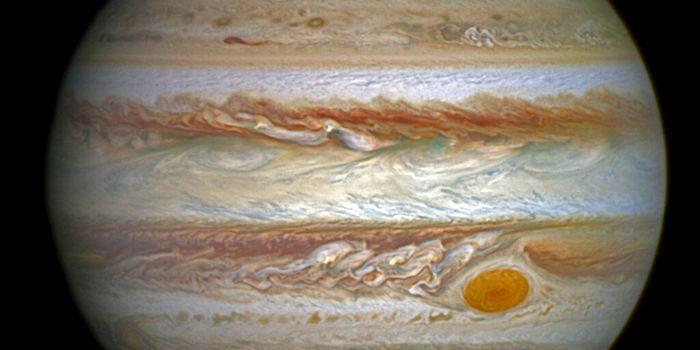Engineering plants to produce baby formula as nutritious as breastmilk
A team of researchers at the University of California – Berkely have designed a new approach to programming plants that can produce the necessary components to make infant formula that is just as nutritious as breast milk, helping addresses the needs of millions around the global. The team’s work is described in a recent article published in Nature Food.
Baby formula is consumed by the majority of babies around the planet: almost three quarters, in fact, rely on it either as their primary or a supplemental source of nutrition. Back in 2017, the baby formula market produced over 2.5 billion tons of formula, highlighting how important this product is to babies everywhere. The challenge, however, is that infant formula can’t match the nutritional value of breastmilk. That’s because it contains numerous sugar molecules that are almost impossible to synthetically create, molecules that help do a number of things for infants, including supporting development and helping prevent diseases.
To address this difference in formula-breastmilk quality, researchers are turning to genetic engineering to help changes how plants produce sugar. Specifically, researchers examined whether plants could produce the types of sugar molecules present in human breastmilk, or human milk oligosaccharides. These complex milk oligosaccharides are really just a unique combination of monosaccharide sugars. Arranging oligosaccharides in the right way could unlock the key to more nutritious breast milk.
In their experiment, researchers genetically modified genes that are responsible for creating the “links” that piece together monosaccharides into oligosaccharides and introduced them to the Nicotiana benthamiana plant. The team found that they were able to produce 11 of the oligosaccharides found in human breast milk, representing the three major groups of oligosaccharides.
Researchers hope their findings could lead to the development of more nutritious and more accessible formulas for babies, or even non-dairy milk options.
Sources: Science Daily; Nature Food; GiraFood








